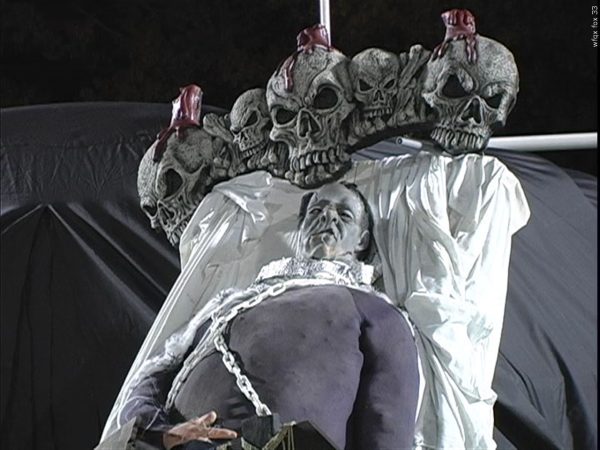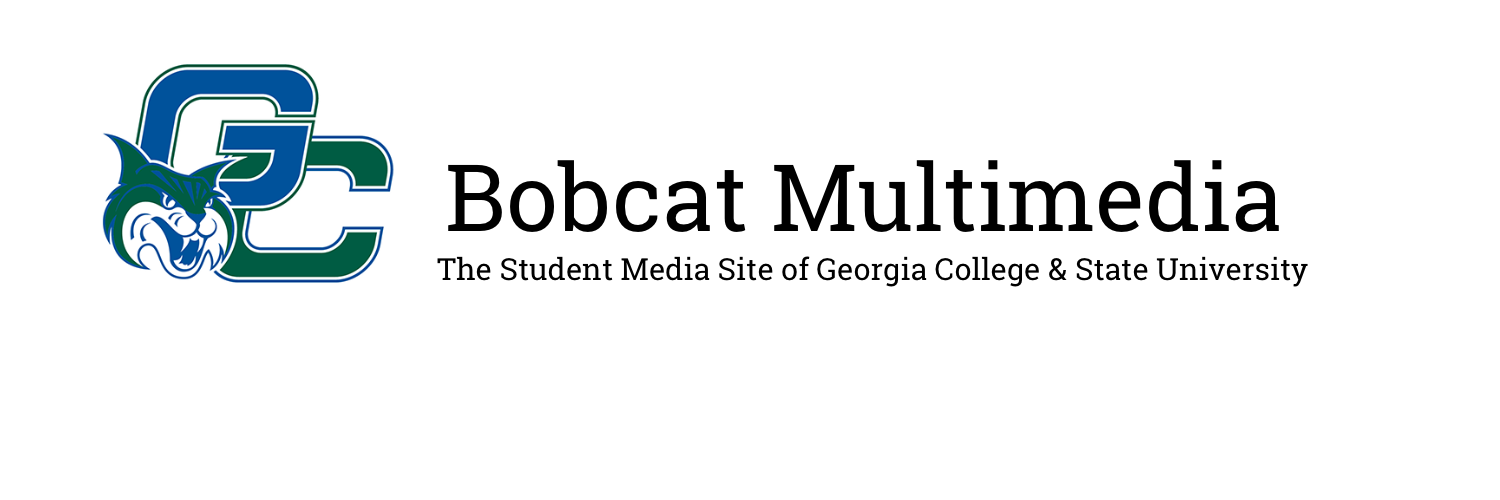
I recently took a test on Mary Shelley’s novel, Frankenstein. One of the questions was, “Who was more of the villain in the story, Victor Frankenstein or the Creature?”
In the story, you would believe that the Creature is the true villain, with his monster-like appearance and killing capabilities. However, the real villain is Victor, who abandons his creation and lets him roam free to start utter destruction.
This test question got me thinking — why do we always empathize with the normal, human character in the media that is the “good guy?”
As an audience, we view protagonists who are “good” continuously in this state because we aren’t always “good” ourselves. We make mistakes and grow from them, which is a common plot in a coming-of-age good-guy story.
But does this mean we should automatically dismiss villains as purely evil? In many cases, they are simply characters shaped by difficult circumstances. Like protagonists, they undergo struggles that define them. If we take the time to understand their motivations, we might see that their actions — while extreme — aren’t always entirely unjustified.
We are all humans, and to be truly human, especially in stories and retellings in shows, books and movies, we all go through trials and tribulations that make us more complex characters while showing growth at the end of the story. Audiences love a story about a journey and without a journey to a goal, including self-discovery, how can we grow as an audience to love them?
Without adversity, there’s no transformation. Audiences love a journey, especially when it leads to self-discovery. Without that growth, how can we connect with a character?
“I feel like following a good person makes the story better,” said Emma Heaslip, a freshman psychology major. “For example, when reading the good guy’s pov [point of view], you get to see the hardships, the challenges and the victory, but when following a villain, it is just a bunch of ‘oooh my evil plan.’ It just doesn’t have a lot of excitement.”
Along with the idea that we seek the good in people in a story and that characters can fix or mend a problem, it is something we mirror in our lives as well. I don’t think there is a single person I know who wants to do worse than they are doing currently; we are always progressing.
There is another argument for loving the “good guy”, and that is: what love is given to the other characters in a story? What about the side characters, the love interests or the villains?
Are side characters actually side characters in their own stories? Do love interests get to build complexities more than just falling in love with the main character? Do villains ever get a chance to be understood?
“I feel being a side character would be fun because you get to experience the story without the expectations or pressure the main character goes through daily,” said Annalead Wilson, a sophomore nursing major.
The way we perceive characters in fiction shapes how we interpret people in real life. We often simplify individuals into heroes and villains when, in reality, everyone has their own struggles, goals, and perspectives.
While we often root for the protagonist, every character in a story carries depth, complexity and motivations worth exploring. The way we view heroes and villains shapes our understanding of morality, growth and even our own lives.
The idea of the “good guy” may be comforting, but it’s worth asking — what happens when we step into the shoes of the villain, the side character or even the overlooked love interest?
Stories become richer when we see beyond black-and-white roles and acknowledge the shades of gray in between.
Ultimately, stories reflect life, and in life, no one is purely good or evil. By broadening our perspectives, we might just find more meaning in the characters — and people — we once dismissed.

